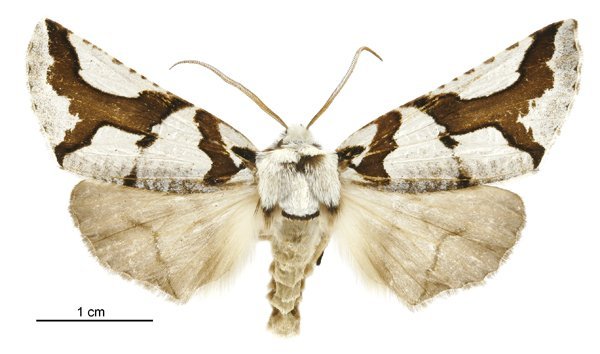
The female, slightly larger than the male, has a wingspan of about 63mm, while the male’s wings are about 55mm across. The caterpillar feeds on five finger (Neopanax arboreus) and related shrubs, as well as lancewood.
As the moth emerges very late at night, often after midnight, it is seldom seen — unlike most moths, which, emerging early in the evening, are readily visible to people when the moths are attracted to lights.

The caterpillar of the South Island lichen moth can be readily seen in Woodhaugh Gardens, North Dunedin, where it occurs in this small but never-felled kahikatea swamp forest relict with a particularly large and valuable suite of native invertebrates, many in leaf-litter on the forest floor.
— Anthony Harris is a curator at Tūhura Otago Museum












